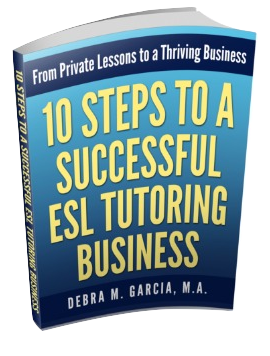What are the Differences
Between EFL and ESL?
The main differences between EFL and ESL are (1) the students who are being taught, and (2) the location where English is being taught to speakers of other languages.
Basic Definitions and Examples
Starting with the basics, EFL stands for English as a Foreign Language and ESL stands for English as a Second Language.
TEFL stands for Teaching English as a Foreign Language. TESL stands for Teaching English as a Second Language.
An English teacher who teaches English to speakers of other languages in a non-English speaking country is teaching EFL. For example, an American living and teaching English in Spain is an EFL teacher. His or her students are most likely Spanish and their first language (L1) is most likely Spanish. The students are studying EFL.
A teacher living and teaching English in an English speaking country, such as the U.S. or Australia, is teaching ESL. The teacher's (or tutor's) students are most likely students who are from non-English speaking countries, but are now living and studying English in an English-speaking country. The English language learner (ELL) may be living permanently in the country or may just be visiting the country.
More recent and inclusive ESL acronyms or abbreviations are ESOL and TESOL. ESOL stands for English for Speakers of Other Languages. TESOL stands for Teaching English to Speakers of Other Languages. These abbreviations could render EFL-ESL differences irrelevant on paper, but the differences are still important to the teacher preparing his or her English lesson plans.
What Do These Differences Between EFL and ESL Mean for the English Teacher?
For the English teacher, the differences between EFL and ESL may require different lesson plans, different approaches and different topics.
An English language learner studying ESL may have more immediate English needs. The student may not need to worry about grammar right away, but may need to learn basic survival skills as quickly as possible.
A student studying EFL may not be as concerned about learning English as quickly as possible because he or she is probably living in a country where he or she speaks the primary language of the country and is able to take care of the necessities of daily life.
Of course, there are all sorts of reasons for learners to study EFL or ESL. The English teacher or tutor will have to take the circumstances and the needs of the student(s) into account when preparing lessons for English language learners.
From Differences Between EFL and ESL
to Teaching ESL to Adults Home


New! Comments
Have your say about what you just read! Leave me a comment in the box below.